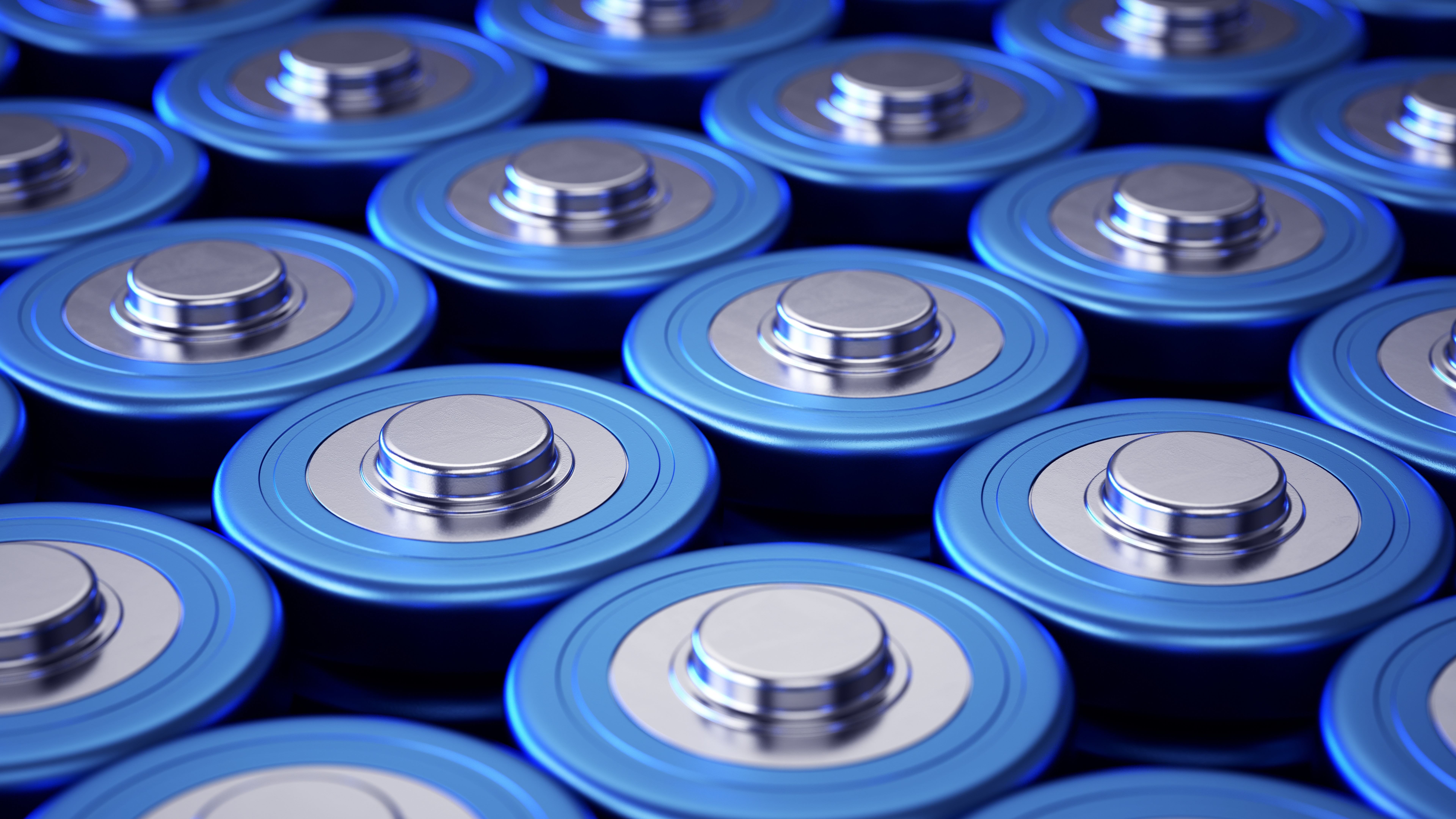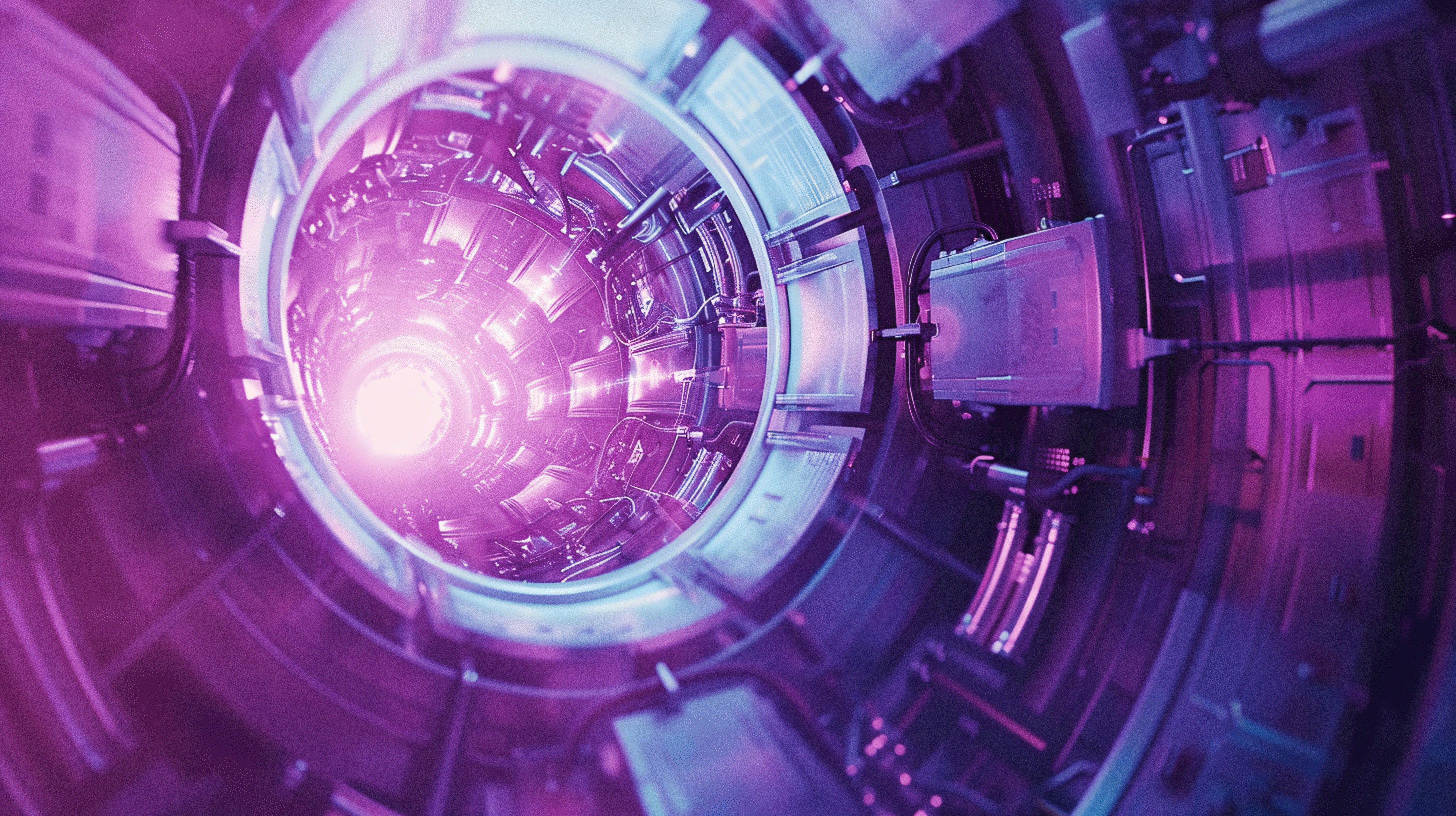Energy storage technology is an area of constant innovation. For years we have been trying to squeeze a little bit more performance from our electronic devices. However, we are now at a juncture where society’s power demands have risen to a level where future development of entire industries depends on significant advances in this technology.
Investment in energy storage technology comes from a wide range of industries and is of sufficient importance that many governments, including the US and UK, are also investing heavily.
In renewable energy, innovations in the battery sector will be vital to the development of appropriate local power storage which in turn should enable a higher proportion of worldwide electricity production to rely on periodic renewable generation systems. As concerns grow about climate change and a larger proportion of the world’s energy is derived from renewable sources, the challenges posed by the variable and periodic nature of wind and solar power will become even more apparent. One solution is to store the energy from the renewable source to smooth out the peaks and troughs in supply, but this presents a major challenge using existing battery technologies.
Large-scale battery installations are springing up across electricity grids around the world, to provide this flexibility. Worldwide adaptable power storage capacity was 27GW/56GWh at the end of 2021, which is expected to increase 15-fold by the end of 2030. In the UK alone, as of the end of 2022, there was around 2.4GW/2.6GWh of large-scale battery capacity installed across 161 sites, with a further 20.2GW approved in planning.
In the world of electric vehicles, cheaper, lighter more environmentally friendly battery technologies will be necessary for this type of vehicle to be widely adopted and to meet the goal of providing truly sustainable personal vehicles. There is growing global demand for fully electric and zero emission vehicles, with the market estimated to be worth £5bn in the UK and £50bn in Europe by 2025.
Innovation in the EV market is now essential to enable governments worldwide to meet their commitments to reduce dependence on traditional petrol and diesel technologies – for example the UK government commitment to end the sales of conventional petrol and diesel cars by 2030 in order to meet clean air targets. One of the major problems facing EV development relates to the limitations of their batteries: the “range anxiety” of consumers, their cost, their weight, the charge time, the charge density (the charge per kilogram of battery) and the availability of charging stations.
Innovation in the EV market is now essential to enable governments worldwide to meet their obligations to reduce dependence on traditional petrol and diesel technologies. For example, the UK and EU have pledged to end the sale of conventional petrol and diesel cars by 2035, while several US states have also made a similar commitment. One of the major problems facing EV development relates to the limitations of their batteries: the “range anxiety” of consumers, their cost, their weight, the charge time, the charge density (the charge per kilogram of battery) and the availability of charging stations. Numerous aspects of battery performance and charging infrastructure still need to be improved to entice a greater proportion of motorists to replace their traditional combustion engine vehicles with EVs.
There is even a growing body of research into electric or hybrid powered aeroplanes. Reducing the use of traditional fuels for aeroplanes would go some way to reducing the environmental impact of travel. Although it is thought that large-scale rollout of electric passenger jets is still many years away, Eviation made a step forward in this field in September 2022 by conducting a successful 8-minute flight of its “Alice” prototype, a 9-seater short-distance plane, which is hoped to enter the market in 2027, pending further developments in battery technology.
Although battery development tends to take centre stage in the news, other exciting areas within the field of electrical energy storage also deserve attention and have been subject to notable developments over recent years. For example, supercapacitors offer a crucial ally to batteries in creating the electrically-powered world of the future, and development in this field is rapidly accelerating.


.png)








/MATTHEW%20NAYLOR-%20January%202025.png)



